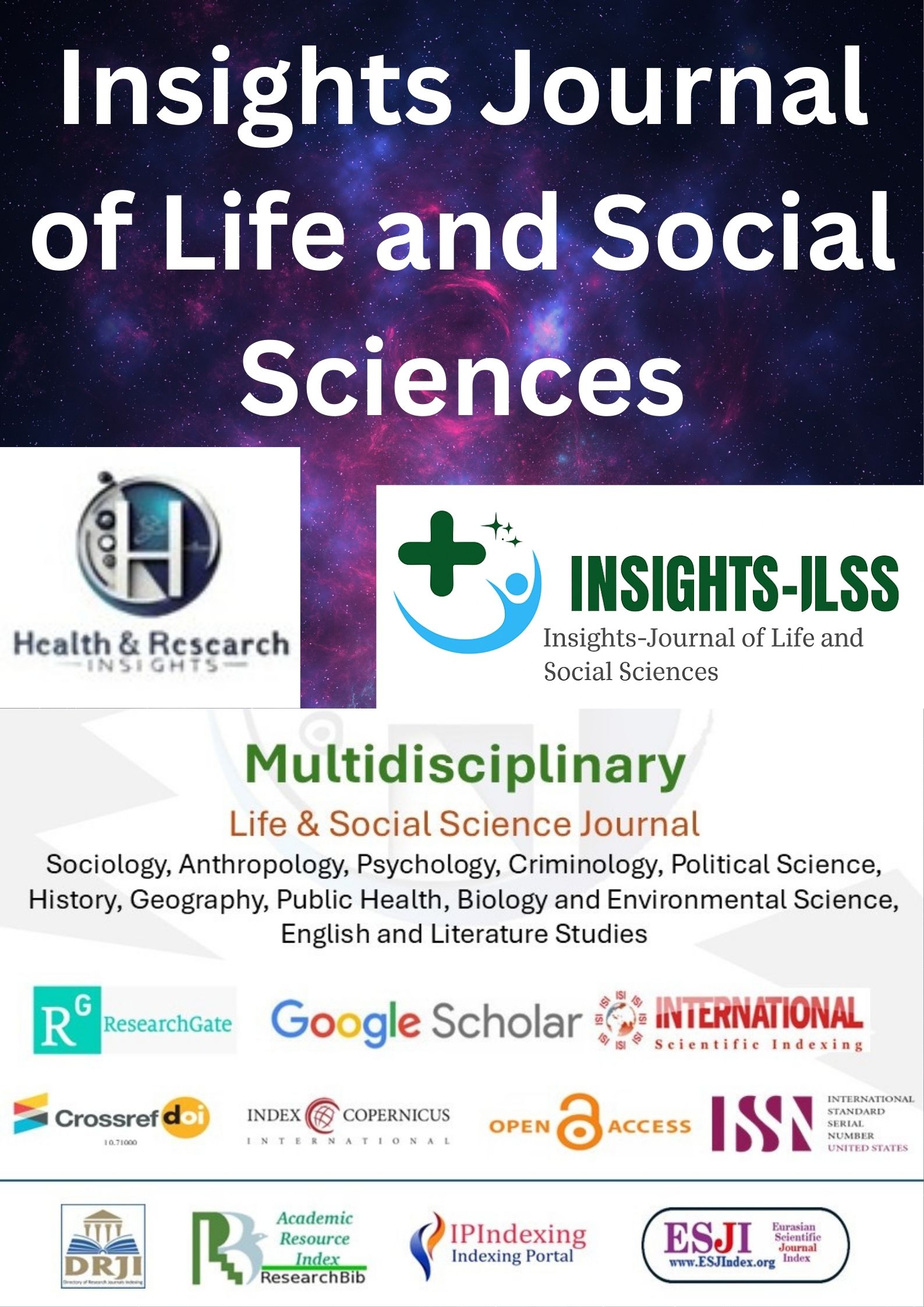IMPACT OF MICROPLASTIC CONTAMINATION IN URBAN AIR ON RESPIRATORY HEALTH OF SCHOOL CHILDREN
Main Article Content
Abstract
Background: Urban environments expose schoolchildren to airborne microplastics, a growing environmental health concern with potential respiratory consequences. Evidence on causal associations remains limited.
Objective: To assess whether reducing airborne microplastic exposure improves respiratory health outcomes among school-aged children.
Methods: A randomized controlled trial was conducted in South Punjab schools with 240 children aged 7–12 years. The intervention included classroom air filtration and protective face masks, while controls received standard care. Primary outcome was change in FEV1 over six months; secondary outcomes included respiratory symptoms, absenteeism, and microplastic counts.
Results: Of 240 enrolled, 228 completed the trial. Intervention children showed greater FEV1 improvement (+9.2% vs. +1.3%, p<0.001) and PEFR increase (+12.7% vs. +2.4%, p<0.001). Symptom reduction was significant for cough (36% vs. 8%, p=0.002), wheeze (29% vs. 6%, p=0.005), and breathlessness (31% vs. 10%, p=0.01). School absenteeism was reduced (2.1 vs. 5.6 days, p<0.001). Environmental monitoring confirmed lower microplastic concentrations in intervention classrooms (112 vs. 241 particles/m³, p<0.001).
Conclusion: Targeted interventions reducing microplastic inhalation improved lung function and reduced morbidity in schoolchildren. Public health strategies should address microplastic pollution to safeguard pediatric respiratory health.
Article Details

This work is licensed under a Creative Commons Attribution-NonCommercial-NoDerivatives 4.0 International License.
